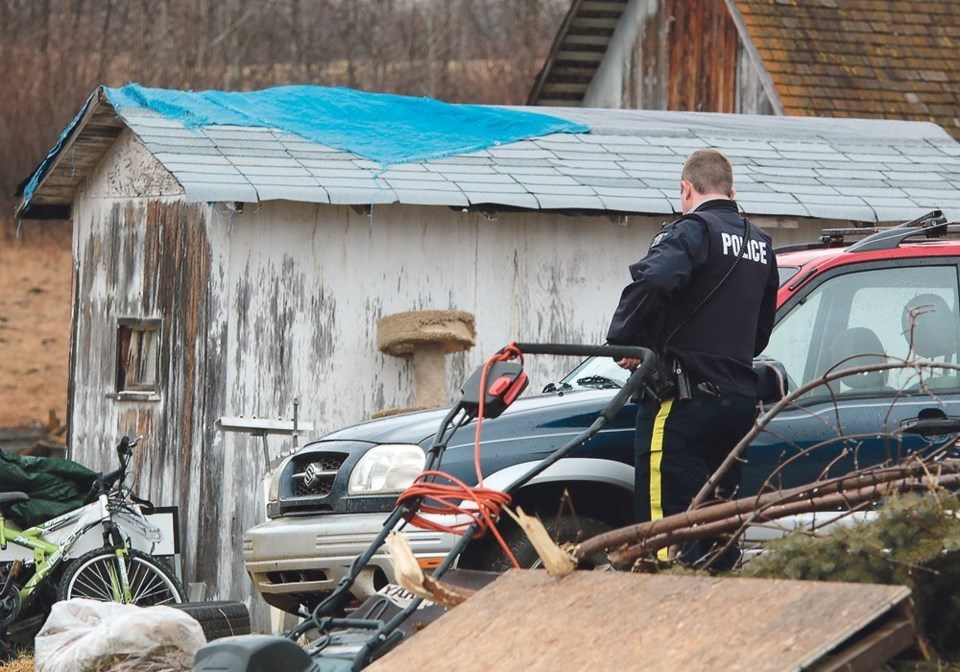A large percentage of rural Manitobans are worried about property crime and insufficient law enforcement in the province.
A survey conducted by the Association of Manitoba Municipalities (AMM), found that 46 percent of Manitobans are very concerned about property crimes and 44 percent are very concerned about the lack of police presence in their community.
Another 29 percent are somewhat concerned about property crimes and 48 percent are somewhat concerned about the lack of police presence.
In total, 92 percent of survey respondents are concerned about a lack of policing.
The AMM survey was done in the spring, and the results were published in early August.
The results were not a surprise, said AMM president Kam Blight.
He travels across the province to meet with representatives of the 137 municipalities in Manitoba. At those meetings, crime and policing are almost always a major topic of discussion.
“It [the survey] tells it like it is. There’s a huge concern with the growing crime rate, not just in rural Manitoba but the urban centres as well,” Blight said from his office in Portage la Prairie.
The facts support the perception that property crime is getting worse.
Crime stats
Statistics Canada data shows that the number of property crimes in Manitoba has increased in the last decade, but the number of people charged with crimes has decreased:
• In 2013, 54,469 property crimes were reported in Manitoba. Of those, 5,871 people were charged.
• In 2020, there were 76,331 incidents of property crimes. Only 5,023 were charged for those incidents.
• The number of property crimes increased by 40 percent from 2013-20, but the number of people charged dropped by 14 percent.
The AMM says the criminal justice system is part of the problem.
“Municipal officials are very frustrated with the practice of applying a catch-and-release approach to repeat offenders who are contributing to rising rates of crime in local communities,” the AMM said in a release.
Blight added that higher levels of government have decided that “non-violent crimes are not punishable by incarceration.”
“We feel the court systems and the laws that are in place are failing municipalities, and (failing] our residents and our business owners,” Blight said.
The “catch and release” approach means more break and enters, more vandalism and more property damage, but it also ties up police resources that could be used to prevent crime.
“We have police members spending their time re-arresting repeat offenders and doing all the paperwork … just to have the individual back out the very next day,” Blight said.
The rise in property crimes could be connected to an increase in drug use.
The AMM survey found that 92 percent of respondents were very concerned or somewhat concerned about illegal drug use in their community.
As well, 95 percent of people said government revenues from cannabis sales should be used to fund policing and crime prevention in towns, cities and rural regions.
“The pandemic did escalate the drug use out there. There’s a lot more drug-related and fuelled crimes, taking place,” Blight said.
Solving drug addiction and crimes related to drugs is not an easy task, but Manitoba and other rural regions of Canada have a shortfall of RCMP members.
Statistics on staffing rate, released earlier this summer said 6 per cent of RCMP jobs in Manitoba are vacant, which equals about 60 positions.
Manitoba has the highest RCMP vacancy rate in Canada. The national average is 4.3 per cent.
“We need increased police presence, which means, at least, staffing detachments to their full complement of members,” Blight said.
AMM is calling on the provincial and federal governments to increase financial support for policing services to help local governments manage the public safety costs.



